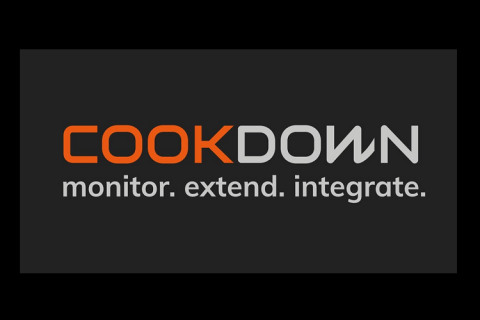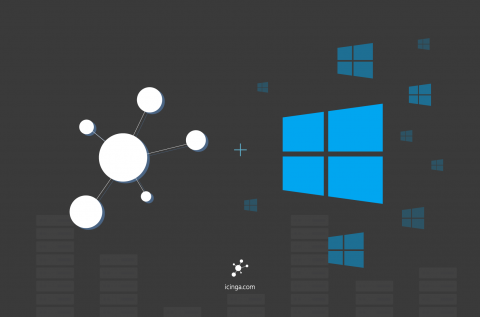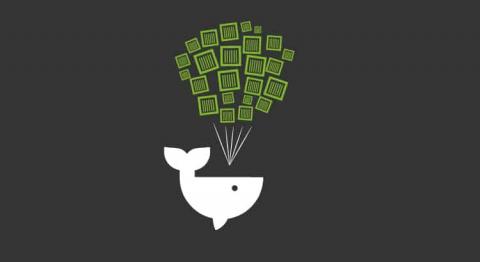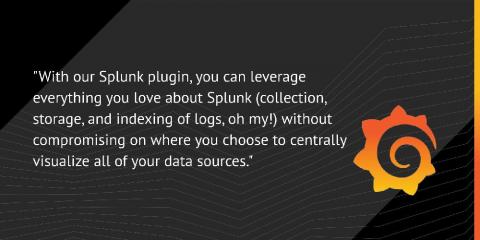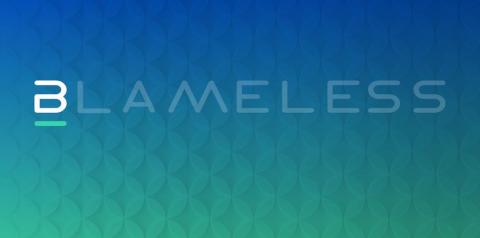Citrix and Rancher Integration: Cloud-Native Stack on Kubernetes
Kubernetes and containers are changing how applications are built, deployed and managed. Rancher makes application deployment simple and easily portable regardless of location or infrastructure. At Citrix, we operate on the same core principle. We provide application delivery and load balancing solutions for a high-quality user experience, to any device, across any network, for your web, traditional and cloud-native applications regardless of where they are hosted.



